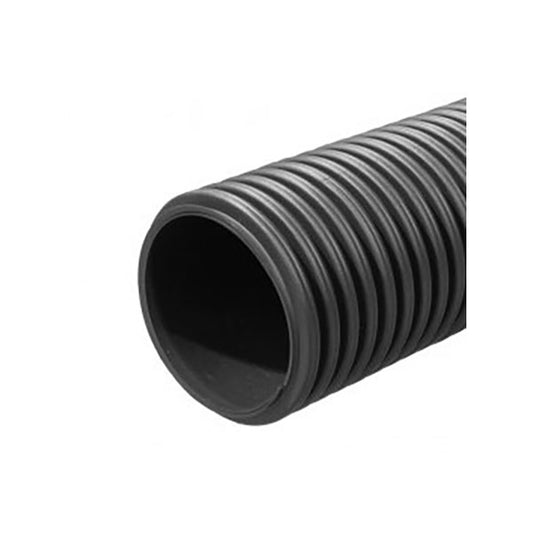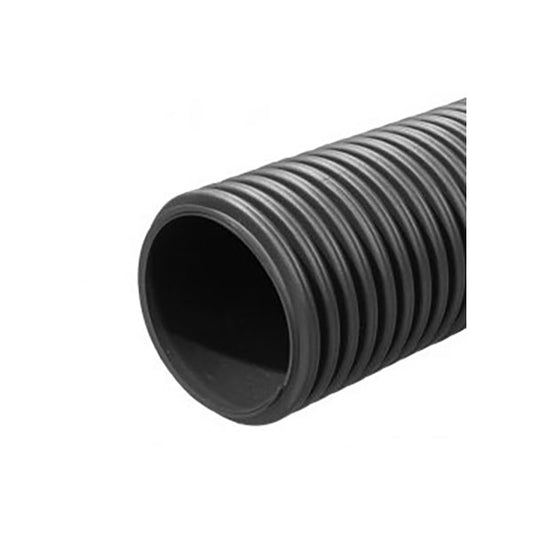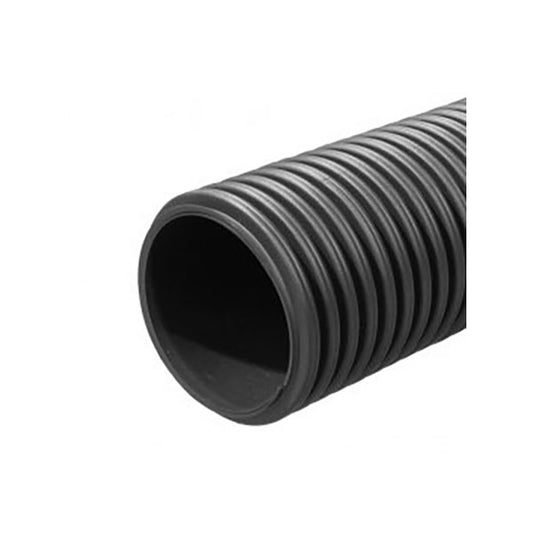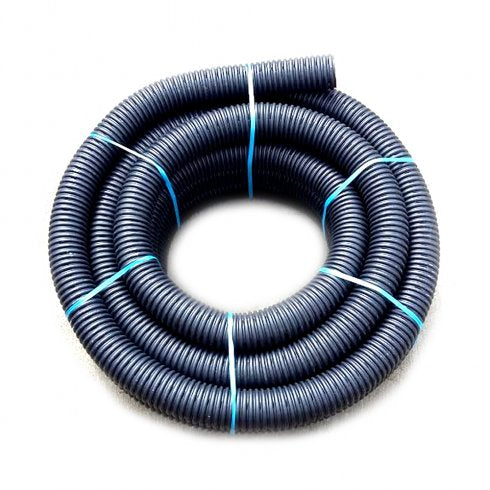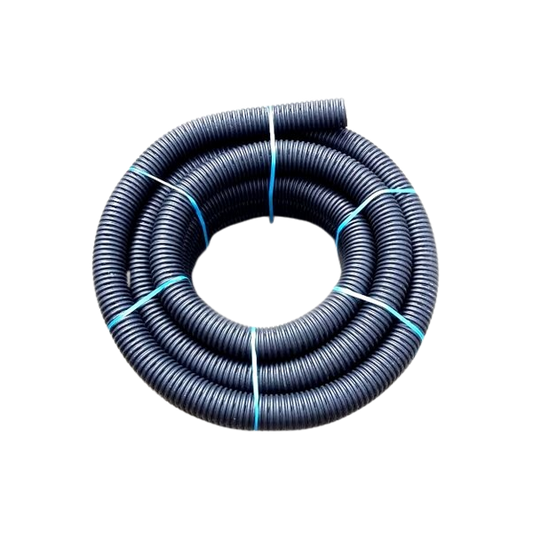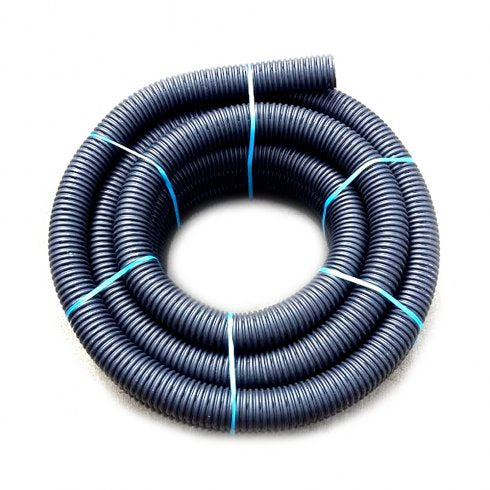Large areas of farmland were recently left underwater as swollen rivers and watercourses burst their banks, highlighting the impact that flooding and poor drainage can have on UK farms. But what’s causing it — and what can farmers do to prevent it?
Here are some of the main causes:
Contents
Climate change
Since 1998, the UK has experienced seven of its ten wettest years on record. With winters forecast to become warmer and up to 30% wetter as a result of climate change, the problem is only set to intensify.
To manage the impact, farmers will need to adapt their practices to maintain profitable yields. This could include changing crop types, adopting new growing techniques, or investing in innovative technologies. What’s certain is that innovation will be essential.
Urbanisation
The UK population has doubled since the early 1900s. As urban developments expand, rainfall is increasingly met by impermeable hard surfaces. During extreme wet weather, this overwhelms drainage systems, leading to flooding of nearby farmland.
The NFU is currently calling for an integrated national strategy to capture and store excess water following floods, which can then be used during hot, dry periods. The new Agriculture Bill is also expected to reward farmers who use their land for flood management, although details remain unclear.
Infrastructure projects
The government’s increased investment in infrastructure — including new roads, railways and housing developments — can present challenges for farm drainage. When construction intersects farmland, the wrong drainage systems can cause long-term flooding issues.
If an infrastructure project has affected your farm’s drainage, contact us and we can advise on the best course of action.
Watercourse maintenance
Poorly maintained watercourses and rivers can lead to flooding during extreme rain. Responsibility for maintenance can be confusing: landowners are responsible for watercourses that run on, through or beneath their land, while the Environment Agency manages main rivers. The Lead Local Flood Authority (LLFA) or Internal Drainage Board (IDB) is responsible for other watercourses.
To learn more about maintaining a watercourse, read our guide to maintaining drainage ditches on farms.
Old land drainage systems
Many land drainage systems installed over 30 years ago used clay pipes, often funded through government grants. When these grants were withdrawn in the 1980s, new installations became less common. Decades later, many of these older systems are now failing, causing flooding and poor soil drainage.
To find out how to test whether your land drainage system is working, read our guide on checking your land drainage system.
How can we help?
Our roots are in farming, so we understand your needs — our MD’s family has been farming for generations. As specialists in land drainage, we supply a wide range of cost-effective products including land drainage coil, twinwall pipe, and large diameter structured pipe.
Our team of specialists can provide expert advice tailored to your land. Call us today on 0121 351 3230.
Alternatively, fill out our enquiry form:






